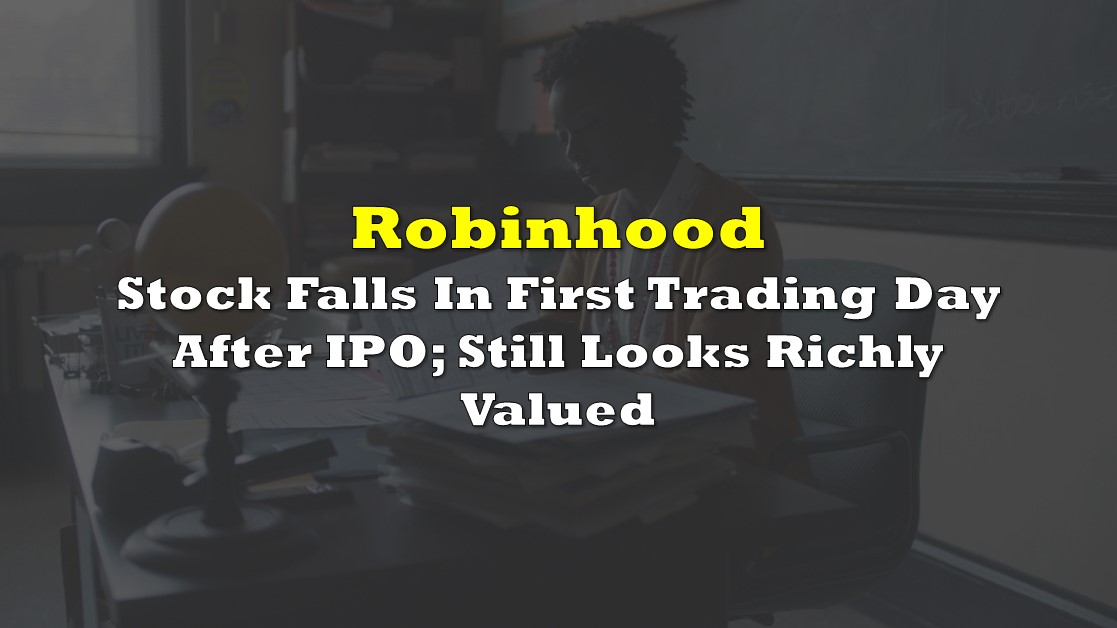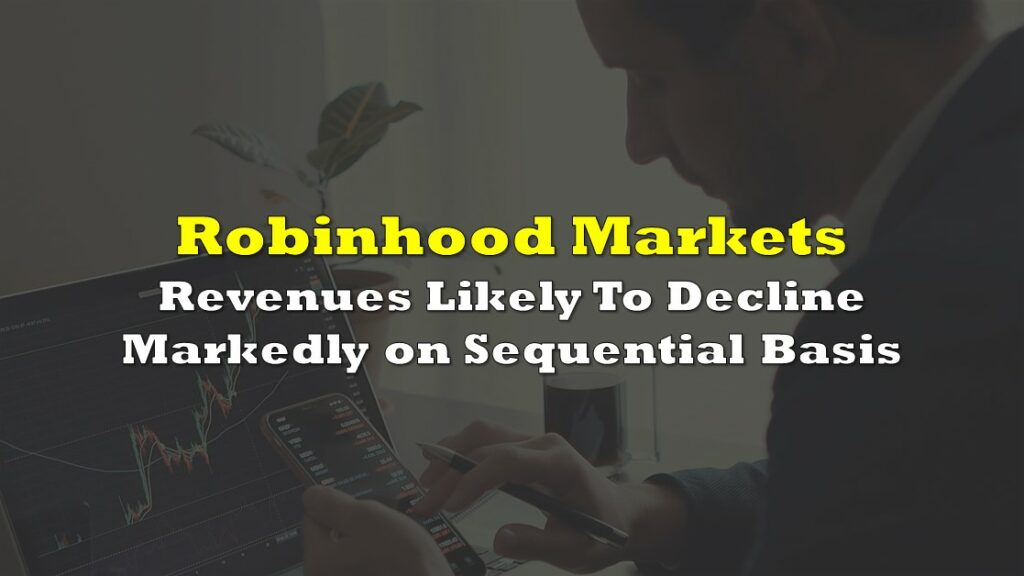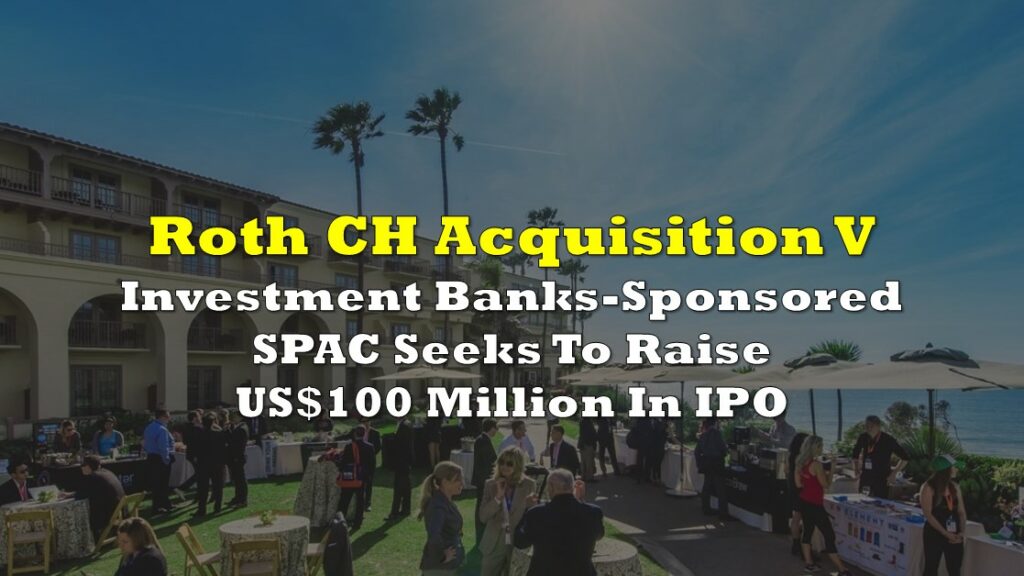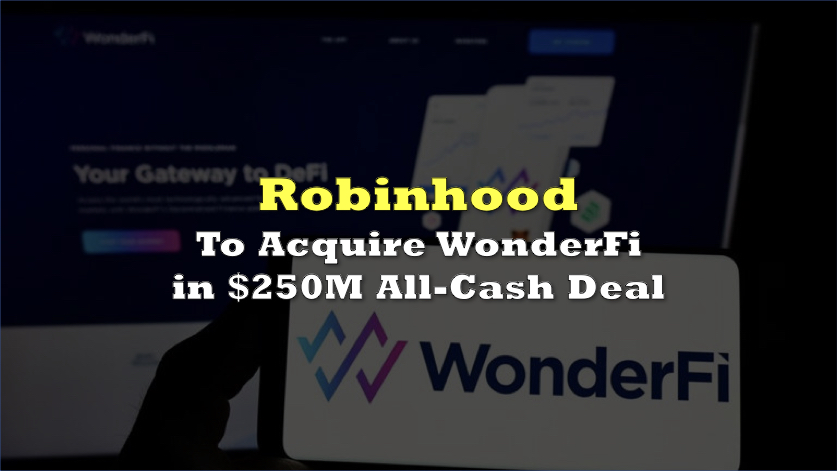Robinhood Markets Inc. (NASDAQ: HOOD), the popular online brokerage which pioneered zero commissions for retail investors, priced its IPO at US$38 per share on the evening of July 28. The stock declined 8.4% in its first day of trading on July 29 to close at US$34.82, which equates to a total stock market capitalization of around US$29 billion.
As an aside, Robinhood’s last capital raise as a private company occurred in September 2020; that financing valued the company at US$11.7 billion.
Robinhood has grown rapidly, particularly during the COVID-19 pandemic, as young investors opened accounts in droves to invest in equities, options and cryptocurrencies. But, even at this lower trading price versus the IPO and still factoring in likely strong intermediate- and long-term growth, the shares still appear richly valued.
Robinhood had around 22.5 million accounts as June 30, 2021, up from about 18 million as of March 31, 2021. So, the company is currently valued at around US$1,290 per account. At first glance, this figure seems fairly reasonable when compared against recent take-out valuations for E*TRADE (by Morgan Stanley) and TD Ameritrade (by Schwab) of about US$2,500 and US$2,200, respectively.
However, Robinhood’s average account size – and therefore presumably its ability to generate fees for the company – is much smaller than both E*TRADE and Schwab. Robinhood’s assets under custody were about US$81 billion at the end of 1Q 2021 and likely exceeded US$100 billion by June 30, 2021. This makes Robinhood’s average account size around US$4,500-US$5,000. According to the market news site Business of Apps, the typical E*TRADE and Schwab account has balances of about US$100,000 and US$240,000, respectively.

In 1Q 2021, US$331 million of Robinhood’s revenue, or about 80% of its consolidated revenue, came from “payment-for-order-flow,” whereby Robinhood (and other online brokerage firms) direct clients’ orders to market makers in exchange for fees. This technique, which allows Robinhood to charge no commissions, is derided by full-service (commission-charging) brokers, who contend that the practice results in a less favorable transaction price for the online broker’s clients. New SEC Chairman Gary Gensler is investigating the practice. He has stated that such payments can be a “conflict with the interest” of customers.
In a quite unusual move for a growth company which just went public, Robinhood warned that its revenues in 3Q 2021 will be down versus 2Q 2021. The company cited “decreased levels of trading activity relative to record highs in trading activity, particularly in cryptocurrencies, during the three months ended June 30, 2021, and expected seasonality,” in an update to its IPO prospectus. As an aside, “seasonality” generally does not deter investors when there is money to be made.
Robinhood reportedly allocated 20%-35% of IPO shares (priced at US$38) to its own retail clients. Institutions frequently dump non-performing IPOs quickly. Perhaps that contributed to the poor first day stock performance. It is not known if Robinhood’s retail client owners acted in a similar fashion or if they will exercise more patience.
Robinhood employees are also free to sell 15% of their shares immediately. Most IPOs impose a six-month lock-up period on employee shares.
Robinhood Markets last traded at US$34.15 on the NASDAQ.
Information for this briefing was found via Sedar and the companies mentioned. The author has no securities or affiliations related to this organization. Not a recommendation to buy or sell. Always do additional research and consult a professional before purchasing a security. The author holds no licenses.









